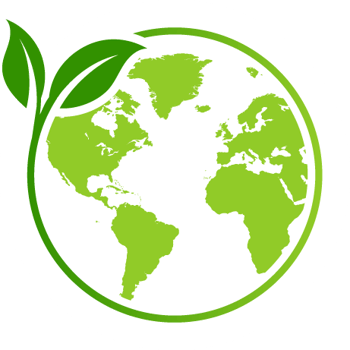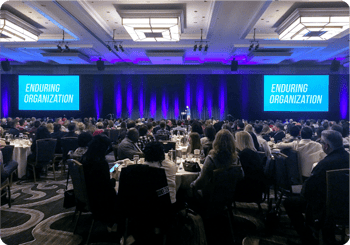Environment
Decisions and initiatives related to our environmental impact and footprint are led and supported at the operating group and/or individual business unit level.
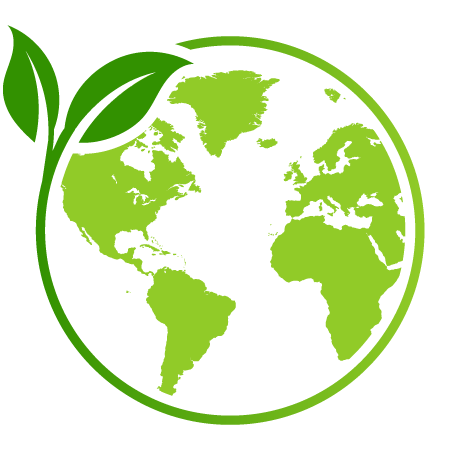

We do not currently have in place, nor do we require, our businesses to measure environmental metrics, including Green House Gas (GHG) emissions. We do require that all our businesses meet all applicable environmental laws, regulations, and standards.
Our reality, as a software company with few owned facilities or data centers, is that our GHG emissions are predominately of an indirect nature.
Moving forward, we will share more examples like the ones below, on the actions and initiatives that our employees are championing, as they do what they do best, make a difference.
Harris Adopts the GHG Protocol to Understand Its Carbon Footprint
Our Harris Operating Group has adopted the Greenhouse Gas (GHG) Protocol as its framework to assess, measure and understand its environmental impact. The GHG Protocol allows us to account for and measure our greenhouse gas emissions across scopes, including direct emissions from owned or controlled sources (Scope 1), indirect emissions from the generation of purchased energy (Scope 2), and other indirect emissions throughout the value chain (Scope 3).
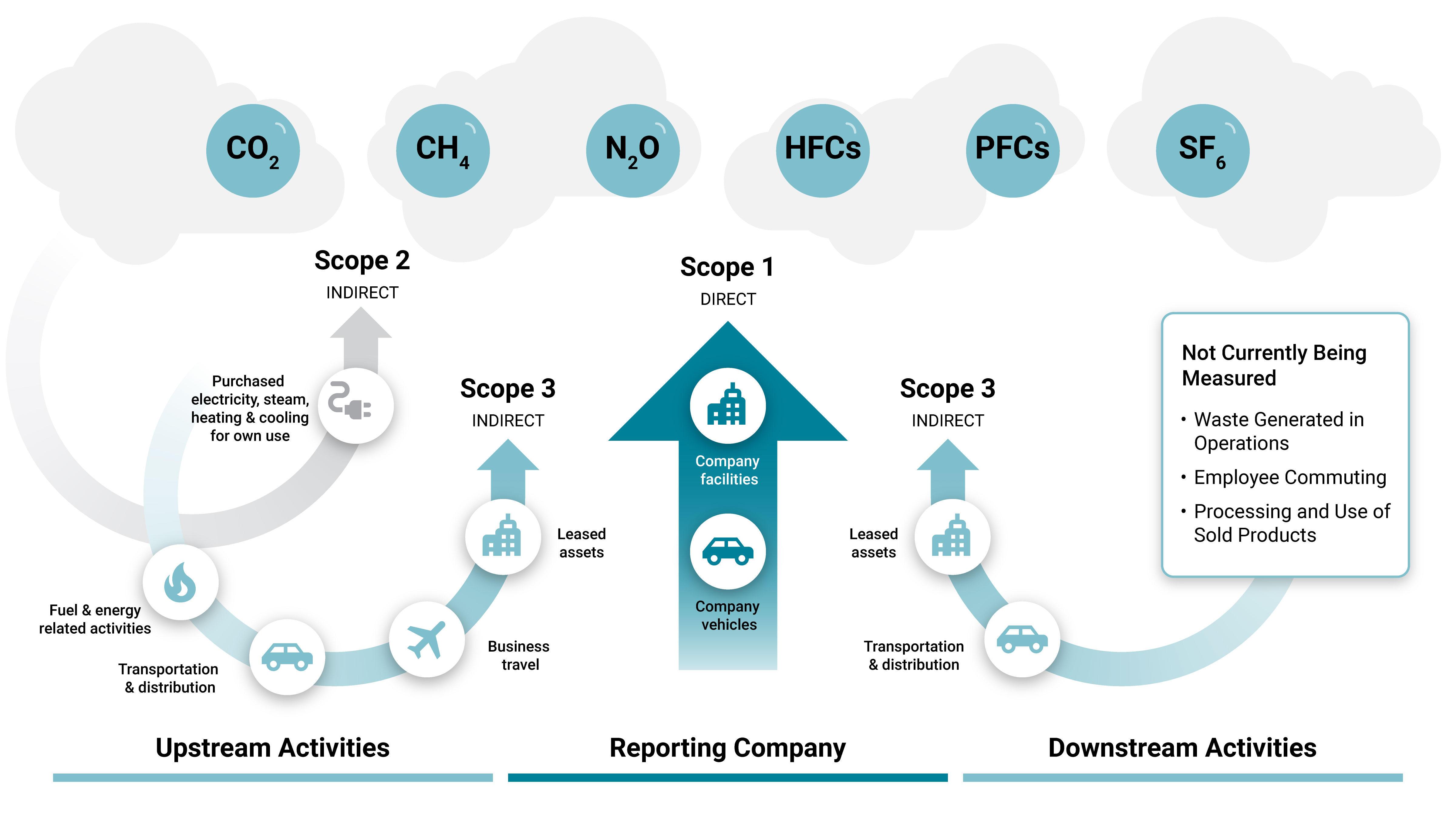

Scope 1
DIRECT EMISSIONS
Owned or controlled sources
| Scope 1 | MTCO2e |
| 2023 | 33 |
| 2024 | 41 |

Scope 2
INDIRECT EMISSIONS
Generation of purchased energy
| Scope 2 | MTCO2e |
| 2023 | 3,367 |
| 2024 | 3,487 |

Scope 3
INDIRECT EMISSIONS
Throughout the value chain
| Scope 3 | MTCO2e |
| 2023 | 260 |
| 2024 | 310 |
Yonder Works to Understand It’s Carbon Footprint
Yonder completed their first carbon footprint report for the year ended in 2023. By starting to measure their impact, they are now positioned to explore opportunities for making changes and adopt more sustainable practices. Yonder is committed to not only ongoing measurement but also to actively reducing and offsetting their carbon emissions through various environmental initiatives.
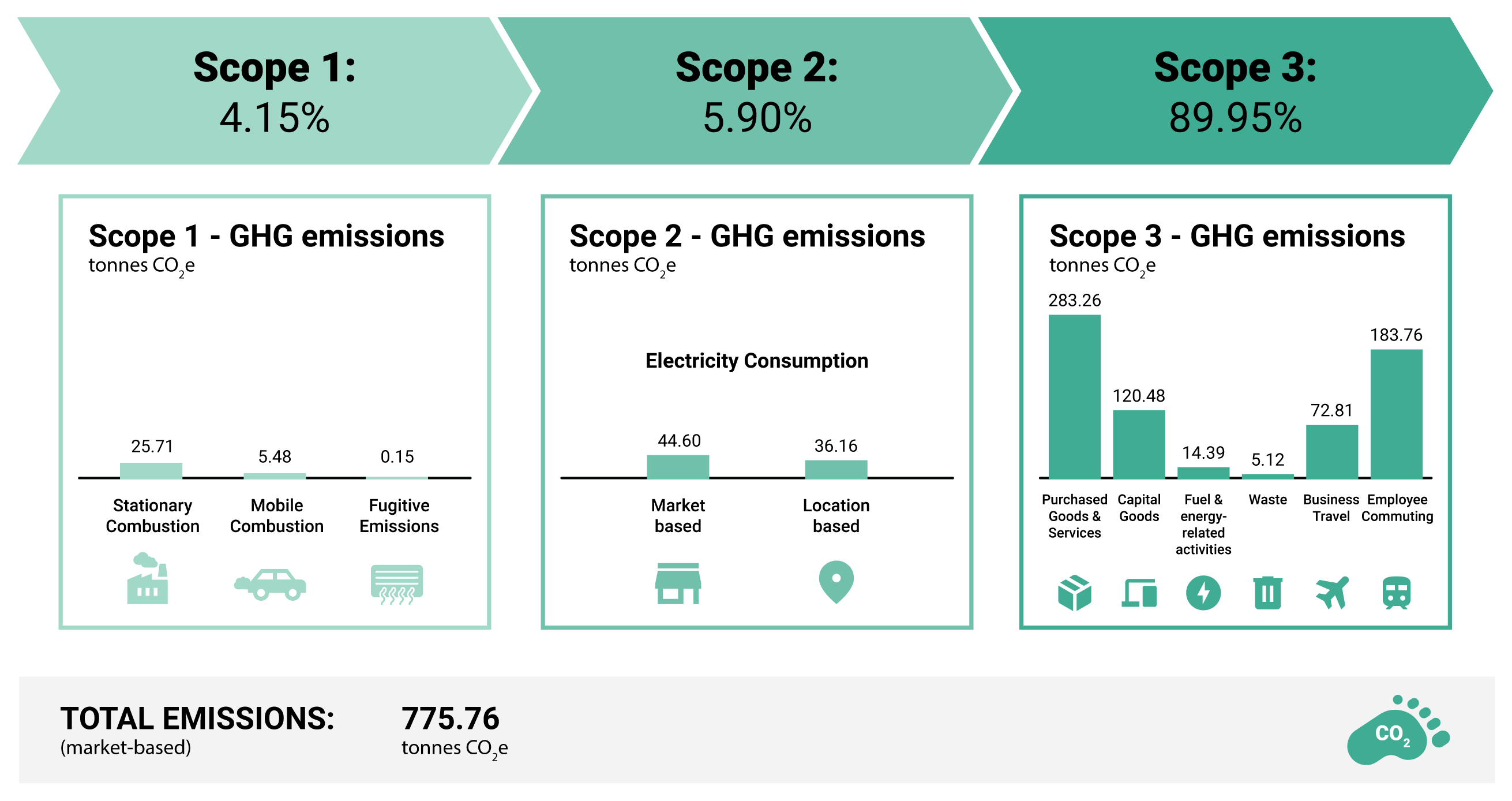
Salvia Works to Understand It’s Carbon Footprint
Salvia completed their first carbon footprint report for the year ended in 2023 and is now working to identify opportunities for change and adopt more sustainable practices.
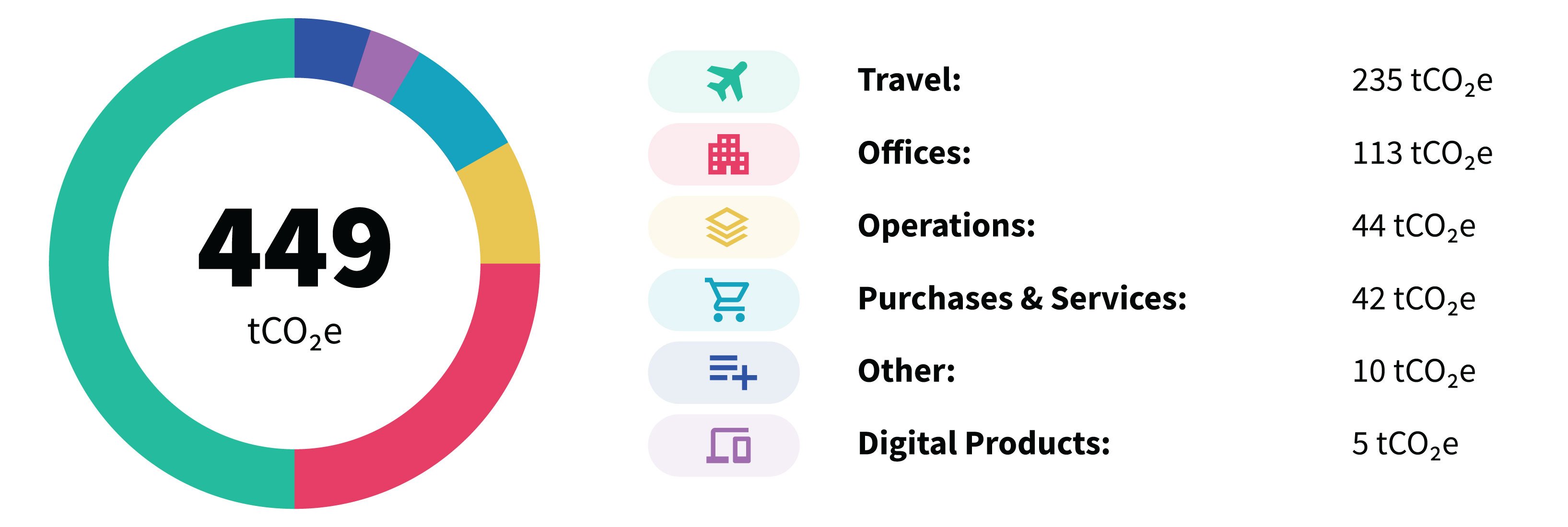
Jonas | Making a Difference
Our Jonas UK Portfolio has formalized and brought its existing and new initiatives under one program that they refer to as the Jonas Foundation. The three pillars to the Foundation are apprenticeship, charity and sustainability.
Their sustainability board remains actively engaged with our employees including providing a tool for calculating your carbon footprint, a site for what can be done to create change and setting priorities for 2024.
One of their 2024 projects is to ensure that all our business marketing websites are ‘hosted green’. Using the Green Web Foundation site to track progress - currently 17 of 24 sites are able to display this image in their website footer:

Our Jonas Fitness Portfolio is also seeking ways to reduce their carbon emissions. One of their focus areas is transitioning to cloud computing from traditional on-premise IT infrastructure.
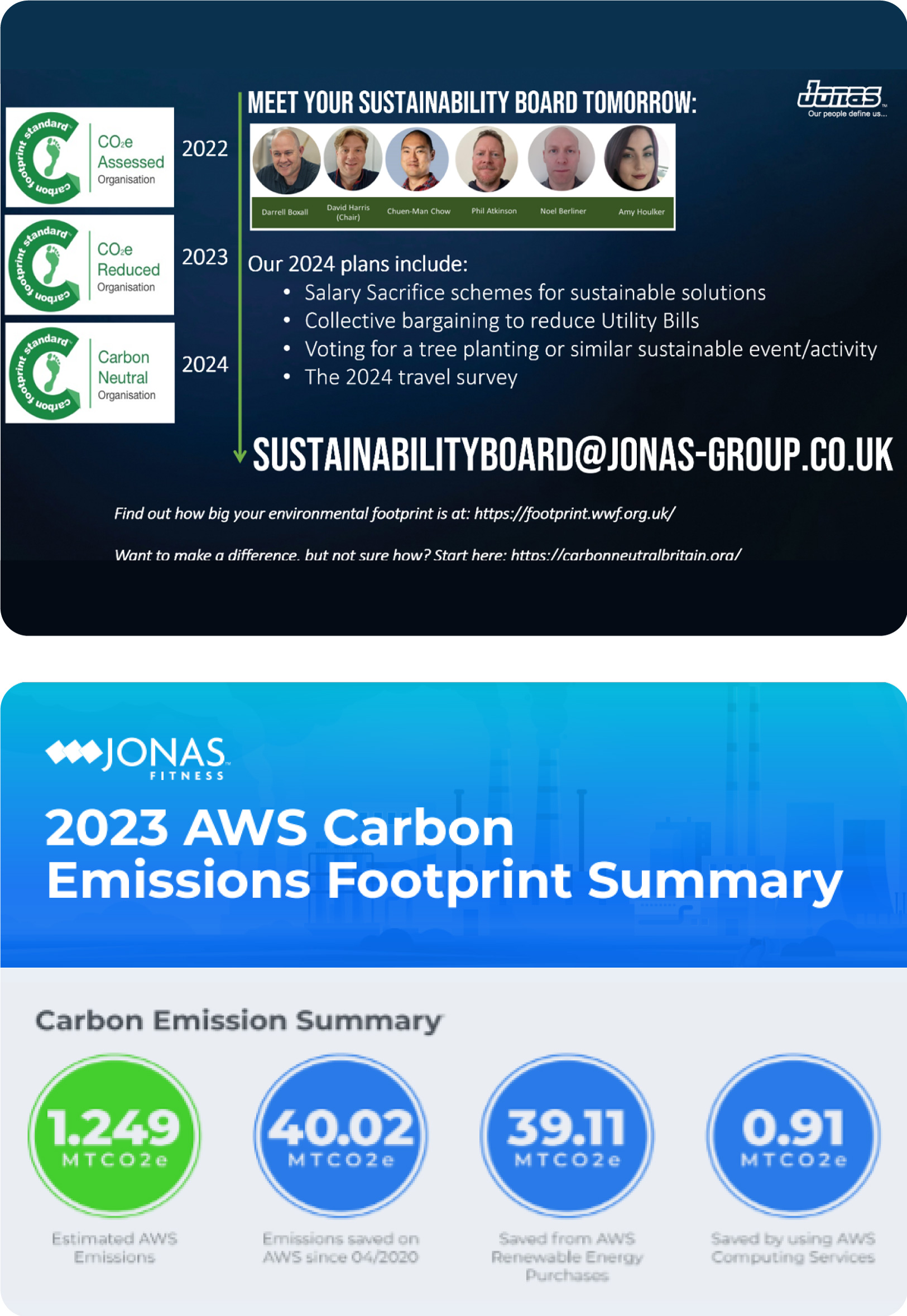
Topicus | Helping Trees Regrow
Justdiggit is committed to a greener planet by restoring degraded landscapes in Africa and our colleagues at Topicus presented a check to support their work in Senegal. In Senegal, Justdiggit is helping trees regrow using a technique called Karkaral - this technique allows existing stumps to sprout and grow large again. All of this is done in collaboration with the local community, who are responsible for implementation. The donation was made possible by the Topicus referral program, through which colleagues recommend potential new employees. For each successful candidate, money is donated, and at the end of the year, a charity is chosen.
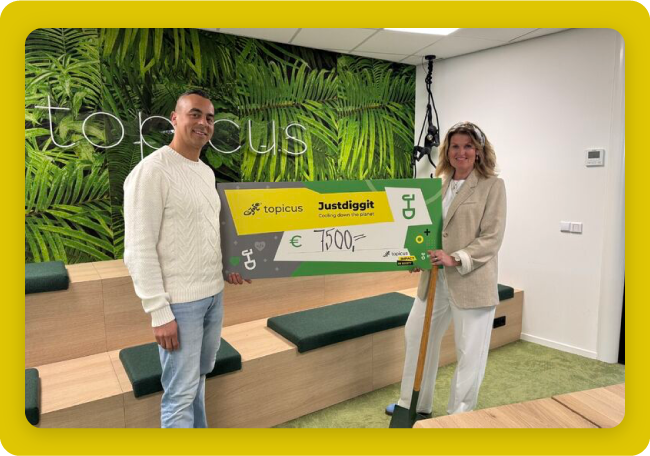
Harris | Altera Cloud Drives Emissions Reduction Through Azure
For the past three years, Altera Cloud has migrated a total of 50 clients from multiple, private large-scale datacenters to the Microsoft Azure public cloud. This has afforded many operational enhancements, including our corporate goal of reducing greenhouse gases. Microsoft provides a dashboard to represent our emissions impact over time. The attached graphic depicts the estimated emissions savings for an Altera Cloud tenant in 2025 vs. an organization using a private datacenter.
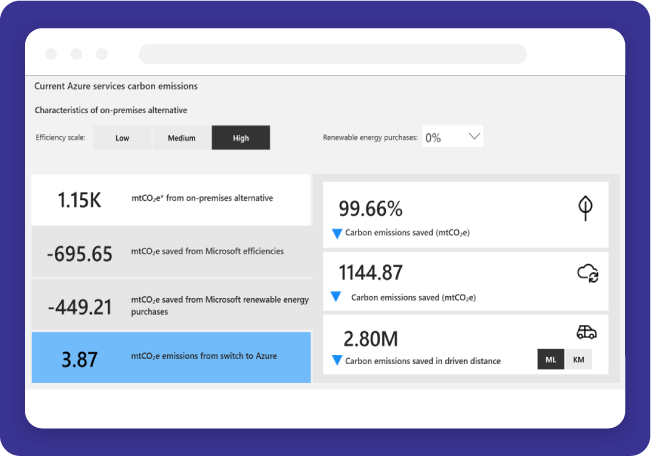
Topicus | Trees for All
Our colleagues at TSS Pinkroccade Local Government celebrated the 25th anniversary of Trees for All with a Tree Planting Day. This event, organized in collaboration with donors, resulted in the planting of a Jubilee Forest at Pompveld and a nature reserve in North Brabant managed by Brabants Landschap. A total of 10 hectares of new forest were planted, equivalent to almost 15 football fields.
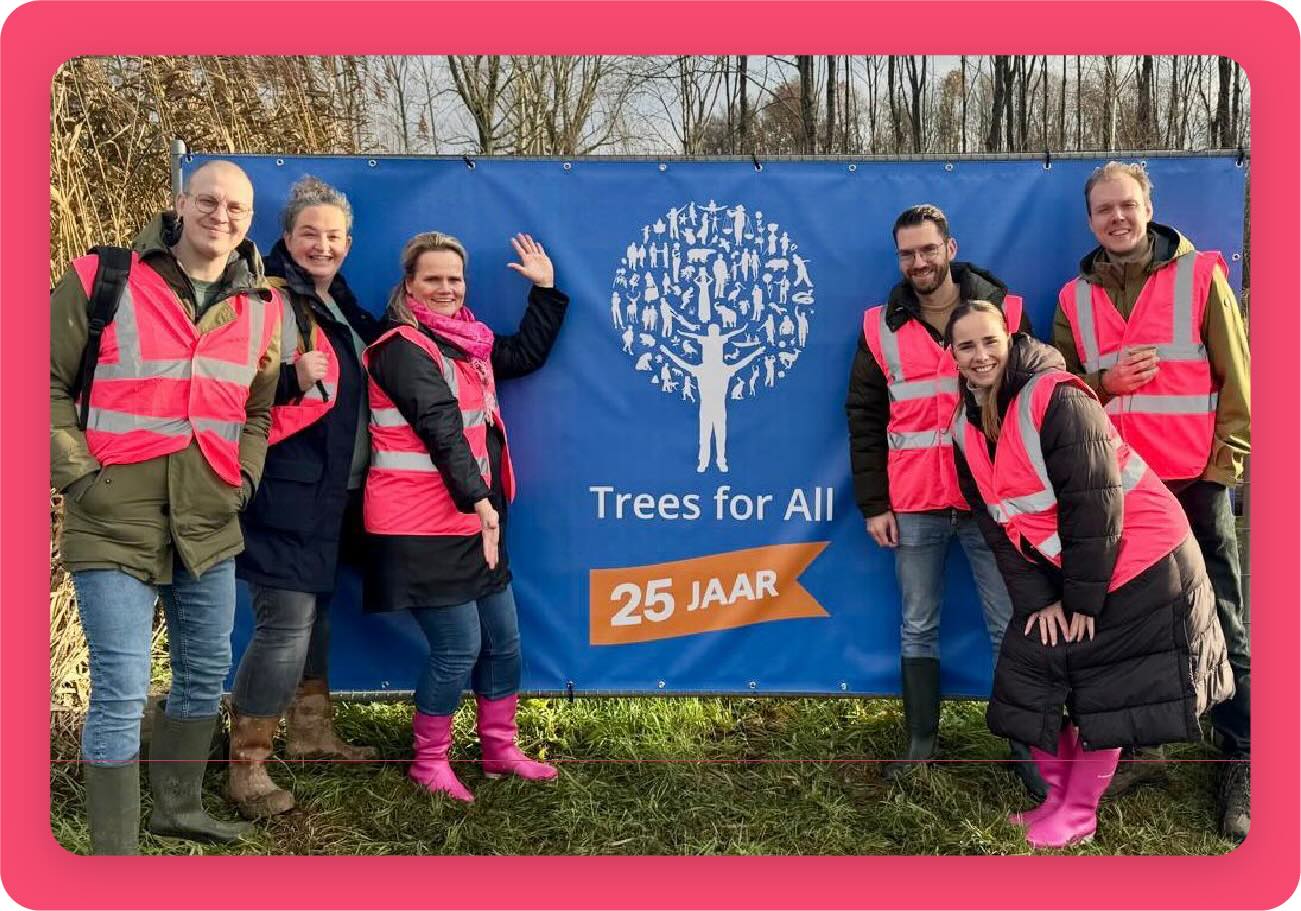
Topicus | Tree Planting in Rimetea
70 trees. 30+ volunteers. 1 shared mission: restore a lost landscape. Our Yonderists (colleagues at Yonder) swapped keyboards for shovels and headed to the meadows of Rimetea to help bring back a landscape that once shaped the region’s identity. Together with colleagues, partners, kids and under the guidance of the amazing team from Asociația Potecatorii – Ecouri Verzi, they planted oak, hornbeam, linden, and ash, native species that offer shade for herds, stabilize the soil, support biodiversity, and reconnect the land to its roots.
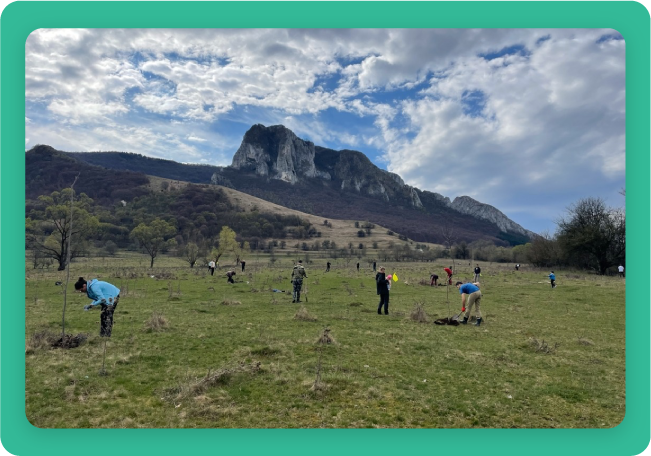
Jonas Europe Plants Trees to Support Carbon Footprint Ltd
Jonas Europe joined in a tree planting event hosted by Carbon Footprint Ltd – planting 200 sapling trees at a farm on Truleigh Hill in the South Downs – just North of Worthing in West Sussex.
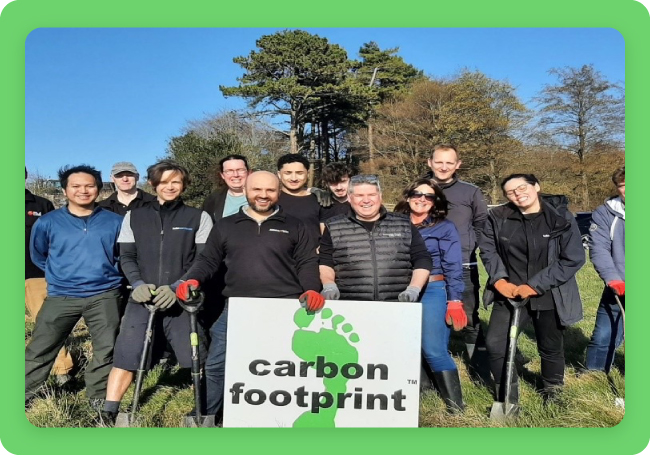
HCTC | Committed to Sustainable Impact and Community Support
At this years’ HCTC we continued our focus on understanding the conferences impact on the environment. We once again partnered with Tradewater to offset the emissions from attendee travel, offsetting over 900 tons of CO2e, as well as chose eco-friendly, B-certified swag to provide to our attendees. In addition to sustainability, we also continued our focus on making a positive impact in our host cities – this year Atlanta. We partnered with Science ATL, a nonprofit focused on science outreach, donating $15,000, as well as donating $5,000 to the Red Cross of Florida in support of those impacted by the hurricanes.
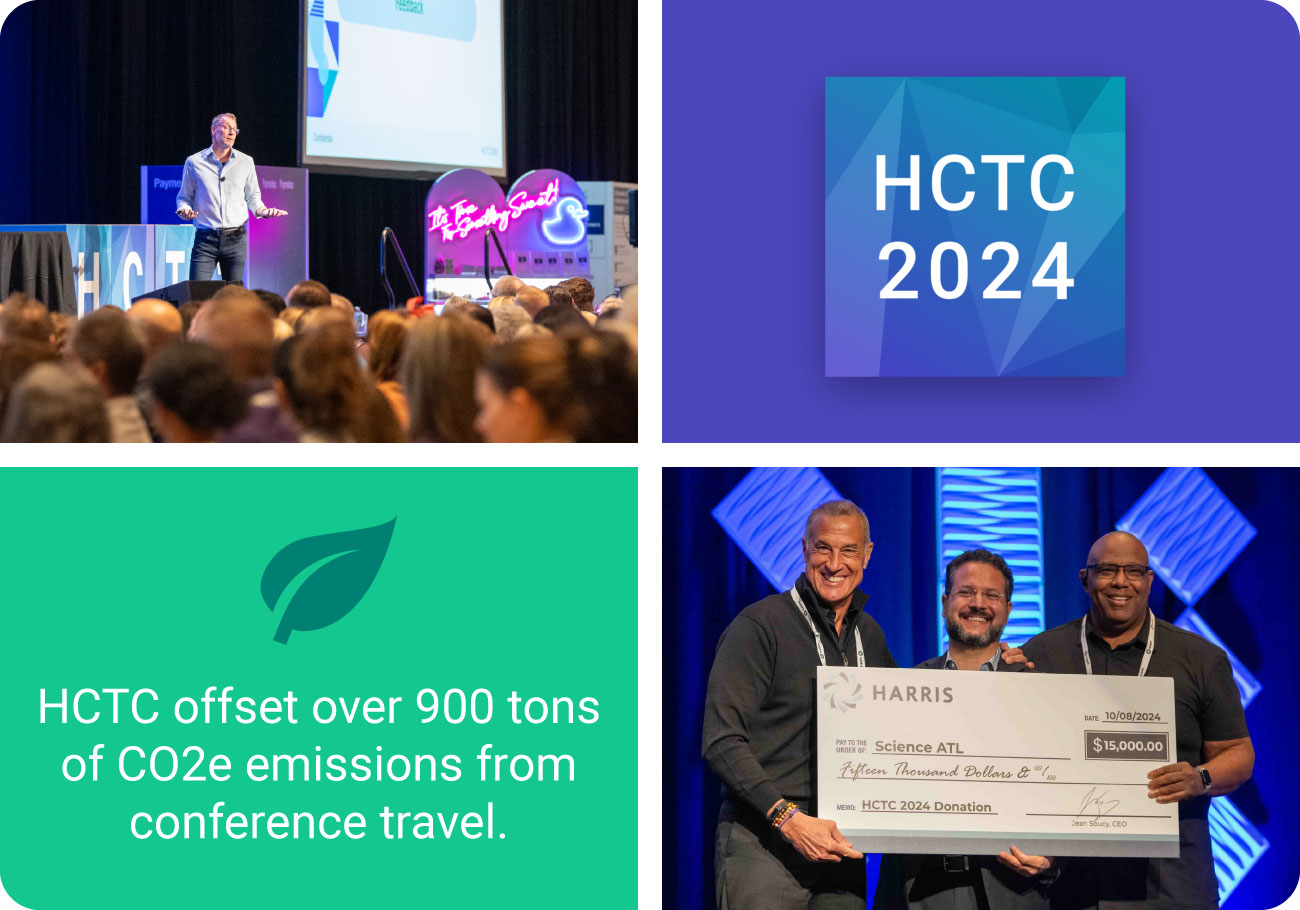
Jonas | Supporting Our Communities One Tree at a Time
One of our senior Jonas leaders recently volunteered as a planting coach at a significant tree planting event organized by 10000 Trees. This event, held in Rouge National Urban Park, brought together over 200 volunteers who planted more than 2000 trees. 10000 Trees focuses on large-scale tree planting projects that improve air quality, provide wildlife habitats, and offer recreational benefits to communities.

Harris’ ACE Business Commits to Sustainability
Harris’ ACE business partnered with a third-party organization to complete a comprehensive carbon assessment. With insights into their emissions, the business is now focused on reducing key emission sources and plans to offset its carbon footprint this year through tree planting, eco-friendly initiatives, and clean water projects.
The business combined their focus on emission reduction with an added focus on sustainable lifestyles through several initiatives which invited our employees to better understand their environmental impact and provide ways to make a difference.
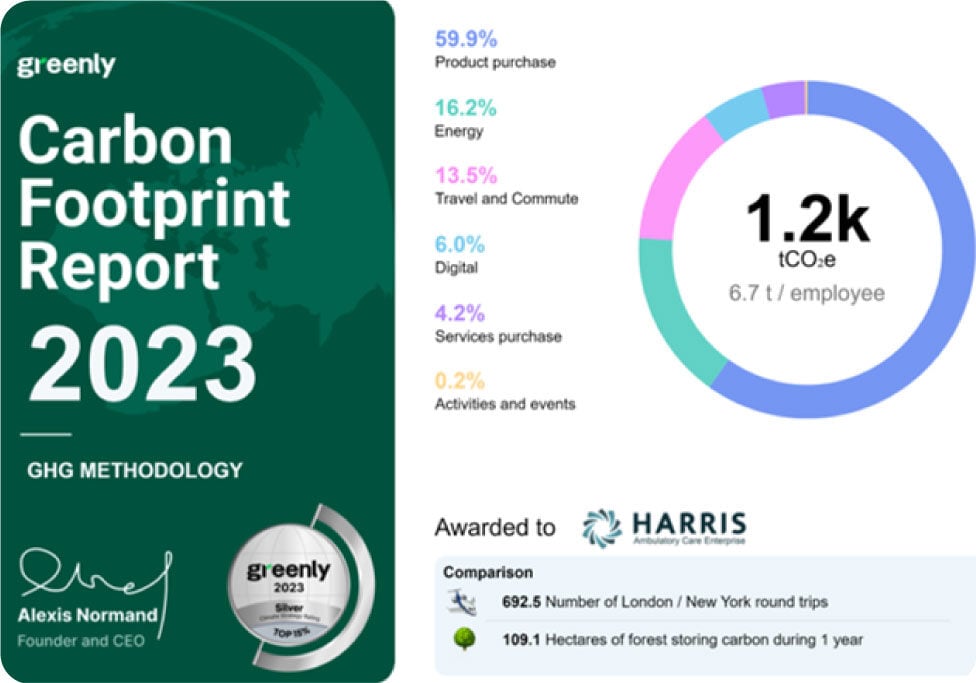
Volaris Forms a Carbon Reduction Committee
Our Volaris SSP BU recently formed a Carbon Reduction Committee in an effort to reduce their environmental footprint, enhance community engagement and support their governance practices. One of their first actions was to engage with a third-party energy consultancy to benefit from their experience and utilize their expertise in measuring and setting go-forward objectives. The plans coming out of this engagement are to implement LED projects, using lights on timers, switching off equipment and moving to green energy providers; supporting flexible and remote work arrangements; reducing reliance on physical infrastructure by moving to cloud-based solutions; facilitating meetings and trainings via virtual tools; reducing waste and maximizing recycling efforts; and reducing the use of plastics in their offices.
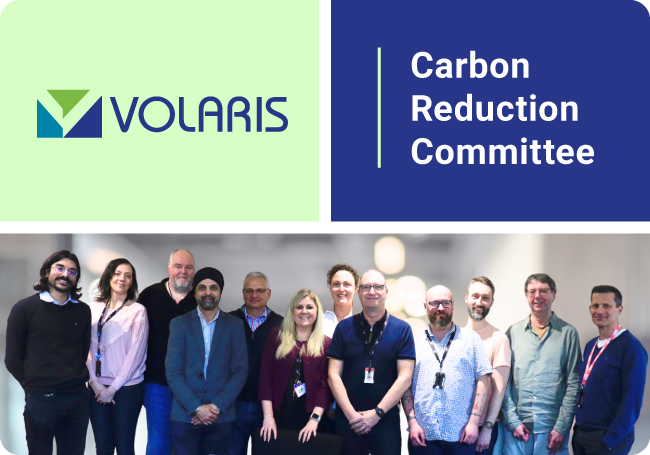
Harris | Global Public Safety’s Environmental Support Initiative
Our colleagues at Global worked with Trout Unlimited to improve, preserve and rehabilitate watersheds in Minnesota. The team raised funds, donated time and delivered trout eggs to classrooms across the state of Minnesota.
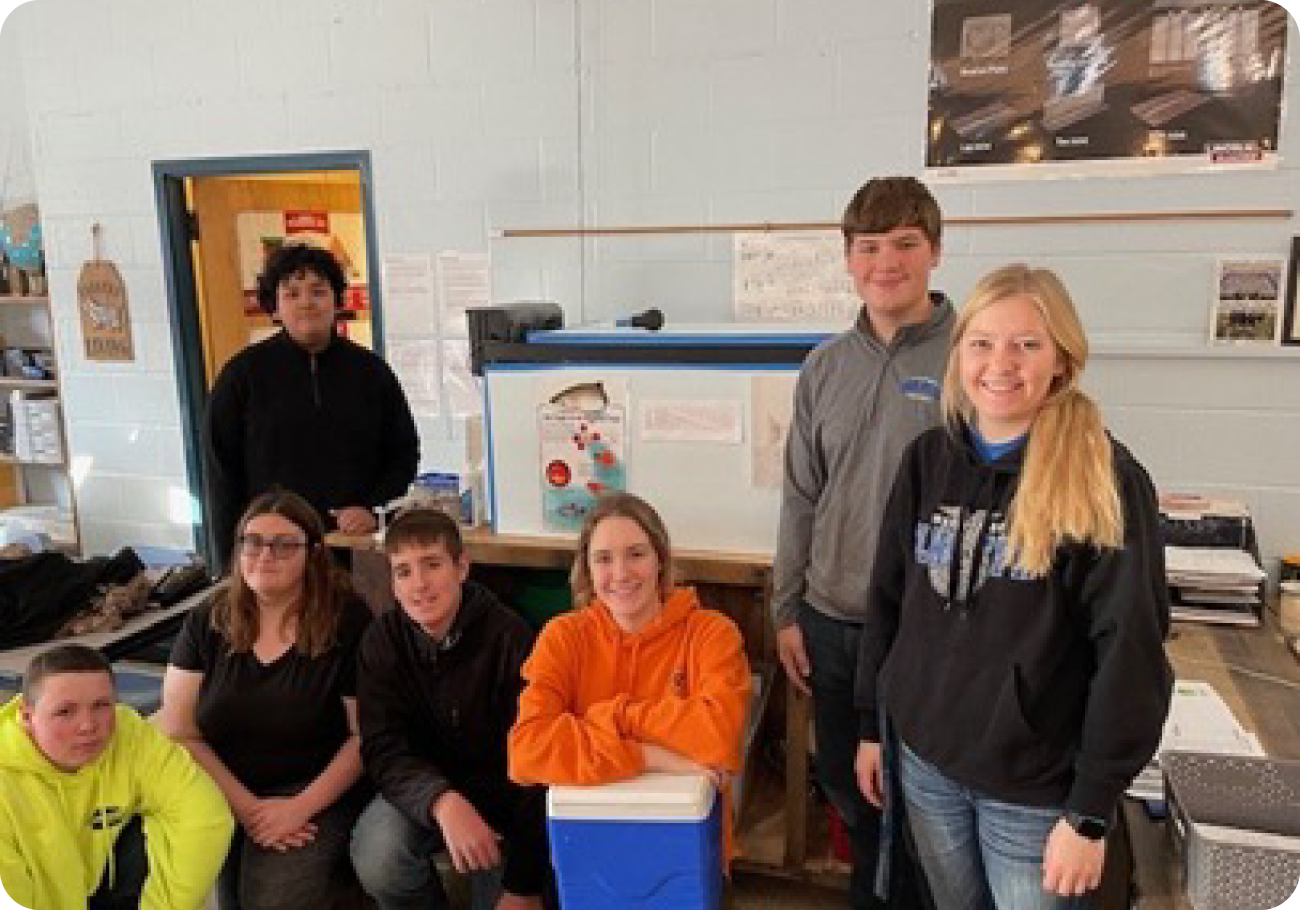
Earth Day Awareness Session: Reducing Plastic for a Healthier Planet
Our Contour Software group observed International Earth Day with a collaborative session alongside the World Wildlife Fund (WWF) centered on "Plastic vs Planet." The event underscored the urgent need to address plastic pollution's detrimental impact on our environment and health. Employees gained insights into plastic waste management, from its lifecycle to sustainable solutions. Practical tips were shared to foster a more environmentally conscious workforce. This initiative aligns with our commitment to sustainability and a healthier planet.
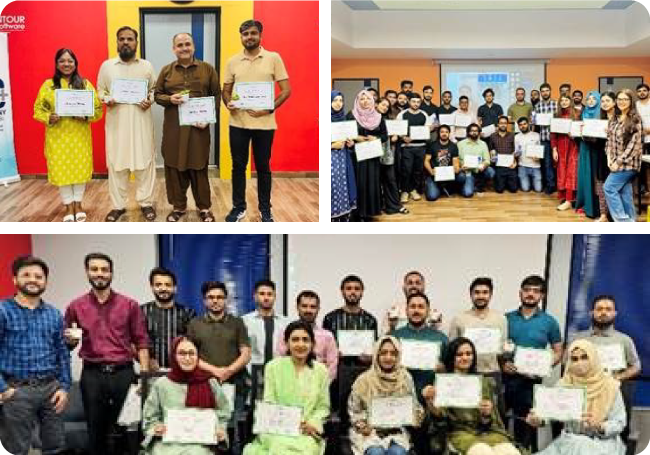
Litter Picking for World Earth Day
Our SSP BU stepped up in support of a greener, more eco-friendly community, with team members volunteering to clean up the area surrounding their offices. The result was filling more than 25 bags with litter.
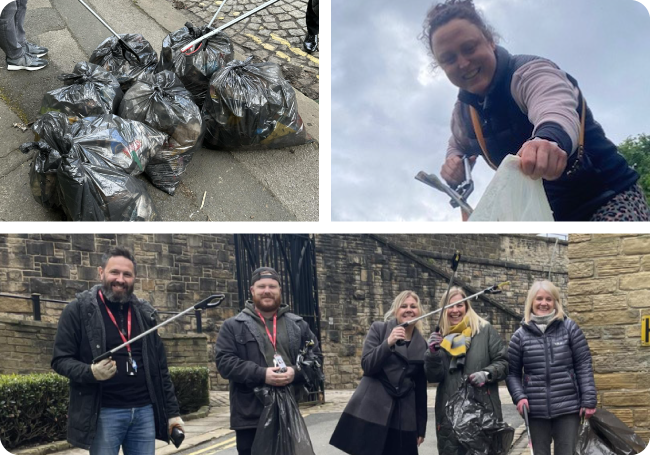
Volaris SPARK TSL Strives to Create a More Sustainable Organization
Our Volaris SPARK TSL BU in their efforts to create a more sustainable organization have received accreditation for ISO 14001: Environmental Management System. Thanks to the efforts of their three Environmental Champions, this in combination with their existing ISO 9001 and 27001 accreditations is another step on their journey to building a more sustainable organization, including their supply chain.
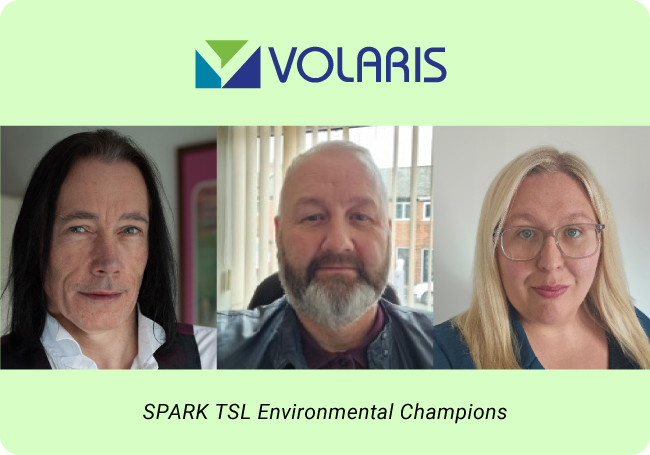
Jonas | Motion Software Takes Part in Tree Planting Initiative
Our Jonas Motion Software BU pledged to plant one tree for every 5,000 reports generated using its innovative inspection software, Motion Kinetic.
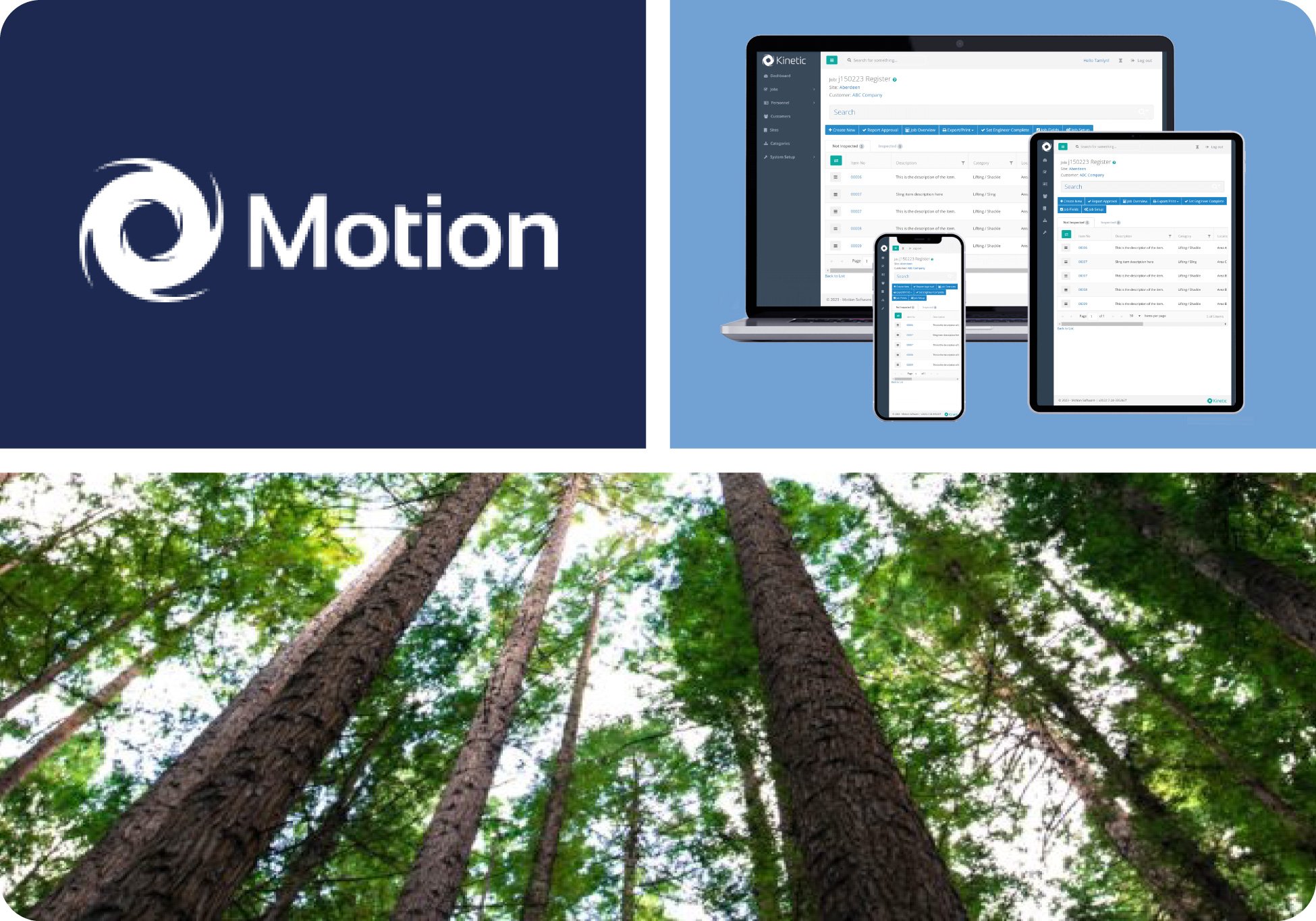
Volaris | Reducing Our Carbon Footprint through Sustainable Travel
One of our Volaris portfolios significantly reduced its carbon footprint during a recent Portfolio Organic Growth Summit event – including pledging meal donations to Feeding America for each room occupied, partnering to have 565 trees planted as well as purchasing carbon offset credits.
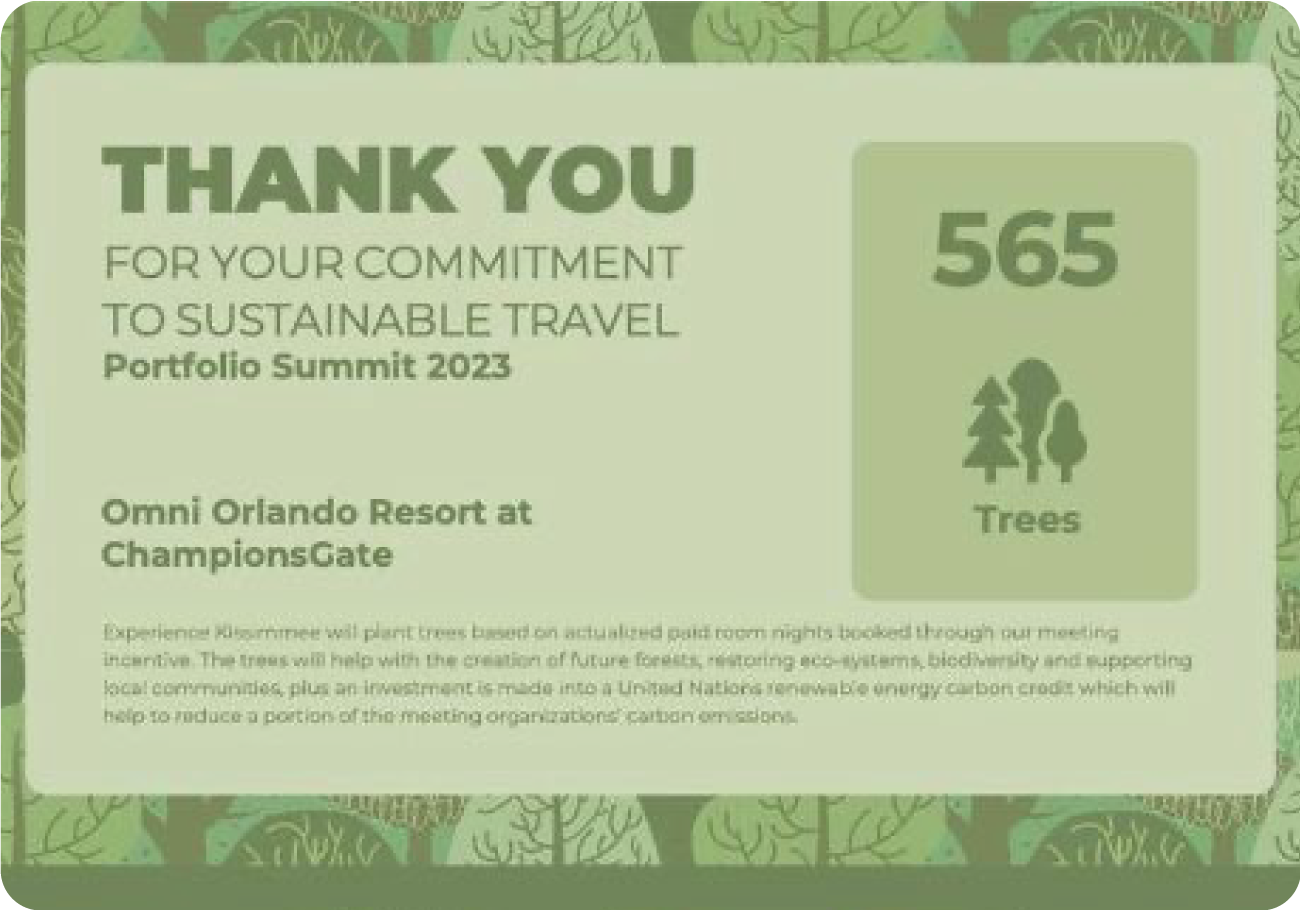
Volaris | Renewable Energy’s Role in Curbing Global Warming
Our Volaris-owned ConWX business unit provides software that forecasts weather patterns and provides decision support to the renewable energy vertical – specifically wind and solar. Jesper Thiesen, the co-founder and General Manager, closely follows data and reports released by IPCC, the UN’s Intergovernmental Panel on Climate Change, to ensure we continue to support our customers. The volatility and unpredictability of wind and solar energy sources are creating opportunities to invest in and investigate P2X (electricity storage and conversion) technologies to be able to store power for low-production days as well as convert surplus production to other energy sources.
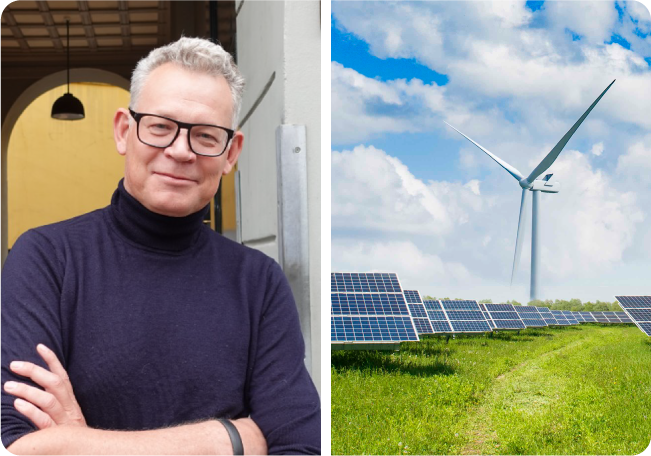
Volaris | Electrification of Public Transportation
Most policy experts, including those at the World Bank, see investment in public transport as a viable option for cities to resolve air pollution problems in rapidly growing cities. Technology has a significant role to play, as well as investments in infrastructure that allow transit operators to support vehicle charging. Dominique Mueller, a product manager within our Volaris-Modaxo Group works with our transit operator customers in support of their efforts to meet their emissions targets. Modaxo’s software solutions help transit operators address two key challenges of electric buses: (1) limited range; and (2) the need for charging.
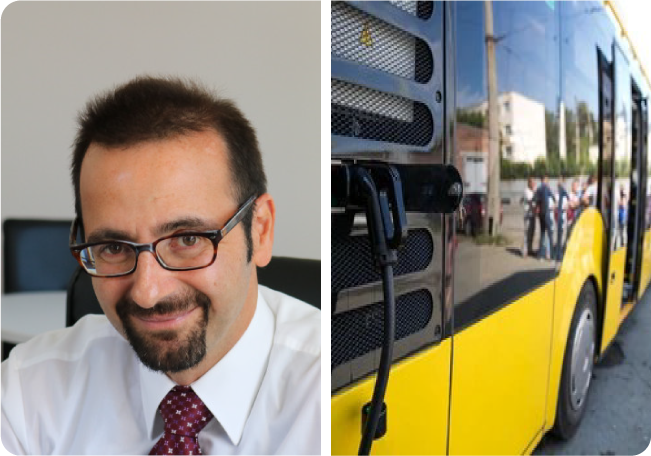
Several of our operating groups have been working with third parties to assist in the recycling of a portion of their end of lifecycle IT assets (desk top PCs, laptops, servers, and monitors). In 2024, as provided by our third parties, 5,221 lbs of e-waste was diverted from landfills, including 150 lbs of toxic metals resulting in 7,278 lbs of GHG emission reductions.
